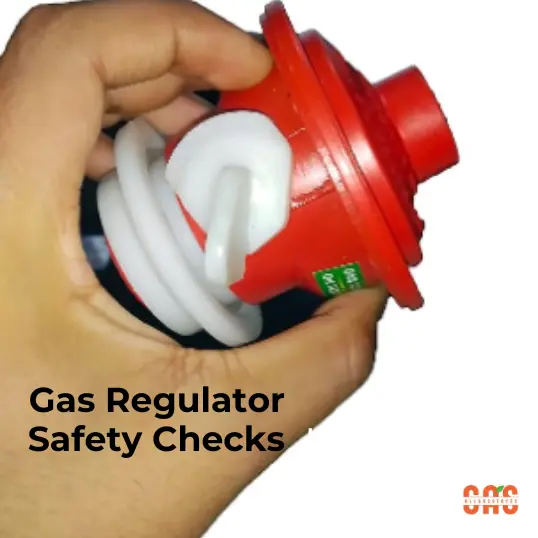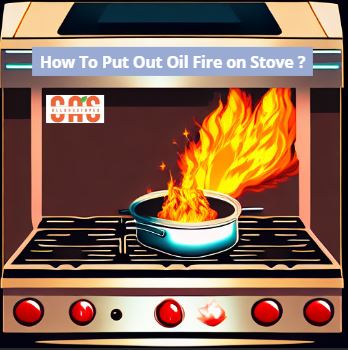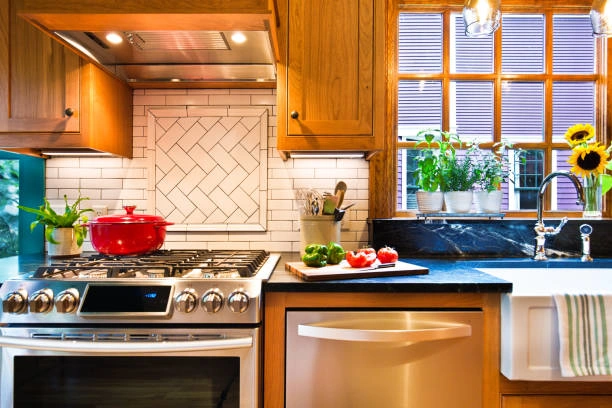Understanding the Role of Gas Pressure in Stove Performance
Gas stoves are a staple in many kitchens due to their efficiency, precise heat control, and quick response time. However, their performance depends significantly on gas pressure, which influences flame quality, heat output, and overall cooking efficiency. Understanding how gas pressure affects your stove can help optimize its use and ensure safety.
Gas pressure refers to the force at which gas is delivered from the supply line to the burners of your stove. It is typically measured in inches of water column (WC) or pounds per square inch (PSI). Residential gas stoves commonly operate at a pressure of 4 to 6 inches WC for natural gas and 10 to 11 inches WC for propane.

How Gas Pressure Affects Stove Performance
-
Flame Intensity and Heat Output
Higher gas pressure results in a stronger flame, which increases heat output and speeds up cooking. If the pressure is too low, the flame may be weak or uneven, making it difficult to cook food efficiently. -
Combustion Efficiency
Proper gas pressure ensures complete combustion, reducing the release of harmful carbon monoxide (CO) and other pollutants. Insufficient pressure can lead to incomplete combustion, causing yellow flames and soot buildup on cookware. -
Safety Concerns
Excessively high gas pressure can lead to dangerously large flames, increasing the risk of fire and gas leaks. On the other hand, very low pressure may cause the stove to shut off or produce an unstable flame, leading to potential hazards.
Signs of Incorrect Gas Pressure
If your gas stove is not performing optimally, you may notice:
-
Weak, flickering, or yellow flames – Indicating low gas pressure or incomplete combustion.
-
Soot buildup on cookware – A sign of improper gas-to-air mixture.
-
Excessively strong or noisy flames – Suggesting high gas pressure that may need regulation.
Regulating Gas Pressure for Optimal Performance
To maintain the right gas pressure:
-
Use a regulator – Most gas stoves have built-in regulators to control pressure. Make sure it is properly adjusted.
-
Check for blockages – Dirt or debris in the gas line can restrict flow and reduce pressure.
-
Consult a professional – If you suspect pressure issues, a technician can measure and adjust the pressure to safe and efficient levels.
Gas pressure plays a crucial role in stove performance, affecting heat output, combustion efficiency, and safety. By ensuring proper pressure levels, you can enhance cooking performance, improve fuel efficiency, and maintain a safe kitchen environment. Regular maintenance and professional inspections can help keep your gas stove operating at its best.




